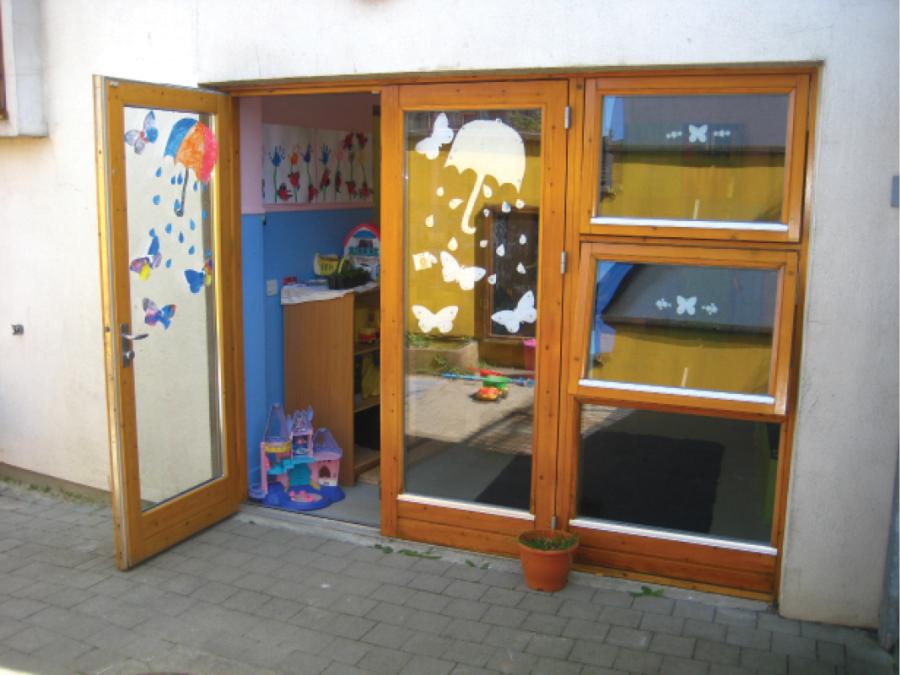Thermal Comfort and Indoor Air Quality
Thermal Comfort and Indoor Air Quality Design considerations and awareness
Thermal variations such as warm, cool or cold spaces, air movement and other environmental conditions are an important part of how a person interacts with and understands their environment. For children, these environmental stimuli are central to development and enrich the multisensory experience of an ELC setting.
There are certain thermal environment issues that need to be carefully considered in the context of ELC. For instance, excessive heat or cold can be a distraction and cause difficulties for some children. In this regard, temperatures between 18 to 22°C are recommended for mainstream conditions while in sleep areas the recommended room temperature is 16 to 20° C. However, for settings catering to children with additional needs an upper limit of 23°C may be required. For some children with severe physical challenges incontinence may be an issue. These children may need to be changed more often and therefore may require higher room temperatures of between 25-30°C to ensure they do not become cold during any prolonged period of undress.

33. Northside Family Resource Centre, Ballynanty, Limerick City
Northside Family Resource Centre, Ballynanty, Limerick City.
Design features
- Opening windows and doors to provide ventilation.
Where radiators are used, care should be taken through the use of thermostats and/or radiator covers, to eliminate any risk of burn injuries though contact with radiator surfaces, particularly for younger children, children with sensory, physical or cognitive difficulties or people with reduced sensation.
Effective ventilation is important, and a lack of fresh air can impact on concentration and cause drowsiness. Effective ventilation removes lingering odours, which is especially important in sanitary areas and openable windows provide a convenient and healthy form of ventilation. Where mechanical ventilation systems are used, it is important that their operation is silent as background noise can negatively affect the acoustic conditions in a playroom.Ensure windows on upper floors are fitted with safety restrictors that limit theopening of the window section to 100mm.
For certain areas within the setting mechanical ventilation may be required to achieve the air changes necessary to maintain healthy indoor air quality: and remove odours. The Health Services Executive recommend the following as set out in the table below:
| Air changes per hour | Area |
|---|---|
| 10-15 air changes per hour | Laundry areas |
| 3 air changes per hour | Toilet compartments and sluice rooms |
| 2 air changes per hour | Lobbies, stairwells and other access areas |
| 3 air changes per hour | Play and rest areas |
* All sanitary accommodation and nappy changing areas must be ventilated directly to the external air.
Note: For more information about heating and ventilation see Tusla (2018) Quality and Regulatory Framework: Full Day Care Service and Part-Time Day Care Service.
Management of Infectious Diseases in Childcare Facilities and Other Childcare Settings.
Universal Design Guidance
- Provide easily opening windows and doors for ventilation.
- Provide quiet running mechanical ventilation where required.
- Provide 3 air changes per hour in nappy changing rooms (with external ventilation).
- Provide 10-15 ACH for laundries.




